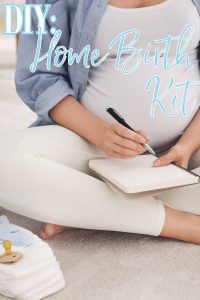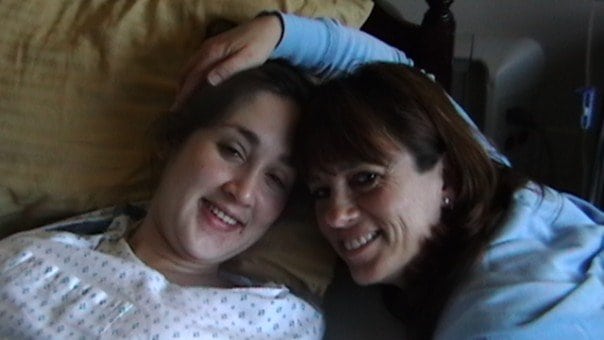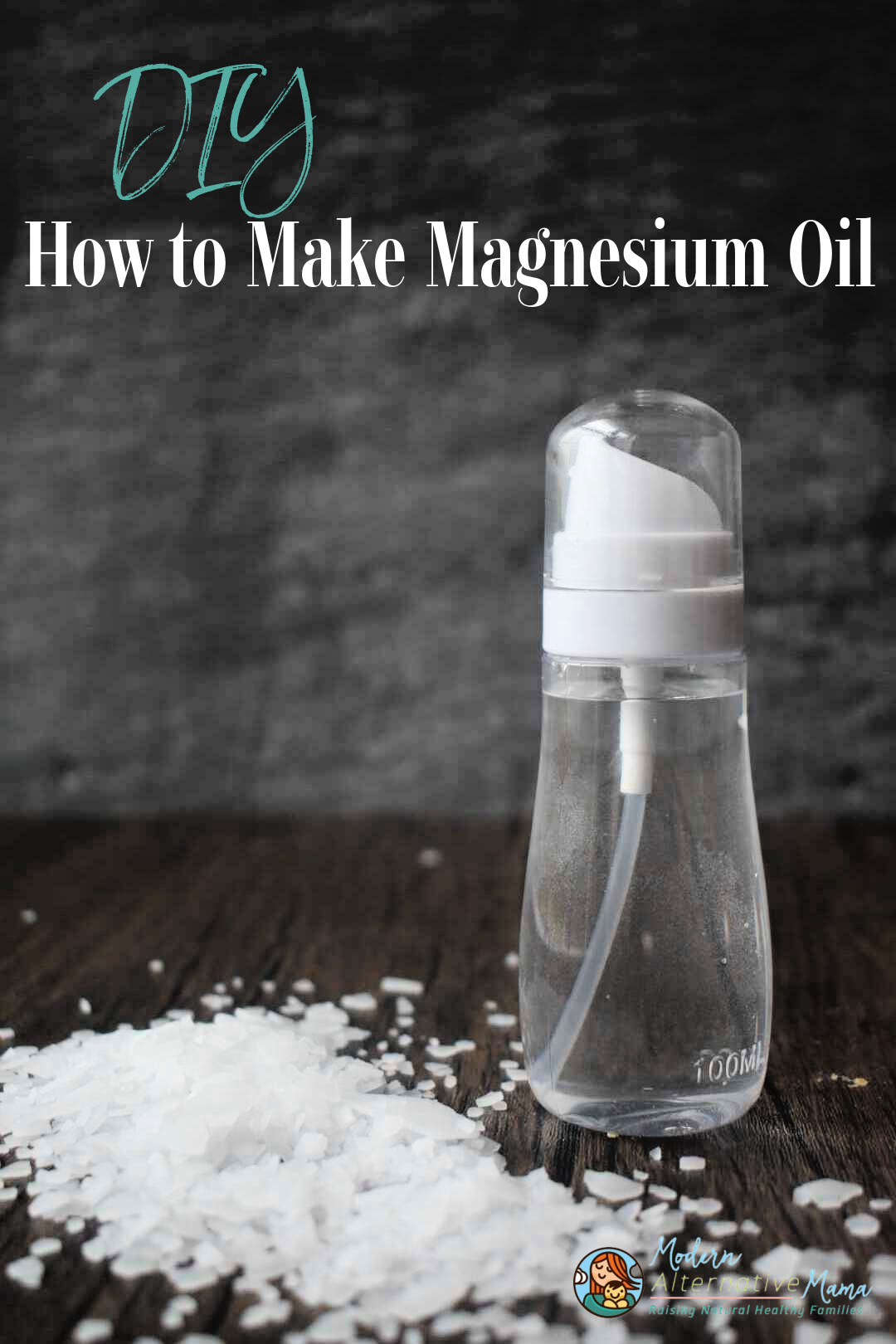Written by Kate Tietje
When you’re planning a home birth, you might wonder — “What do I really need in my home birth kit?”
With my first home birth (back in 2009), I bought everything I was told to. I didn’t use most of it. It included gloves, lube (in case my husband theoretically wanted to check for dilation, which neither of us wanted), tons of different kinds of pads, drink mixes, and more.
Throughout my last births, I’ve scaled back big time to only the items I know I really need. And that’s what I’m sharing with you now — those items you truly need. I’ll include some “maybe” items on the list with some notes on when you might need to use them. It’ll be up to you to decide, based on your situation.
Home Birth Kit
Let’s start with what I consider the “must-have” items.
Chux Pads
This one is an absolute must in your home birth kit. Birth is messy; you will need these disposable pads to keep the mess off your bed, furniture, etc. They come in multiple sizes (from around 2′ x 2′ to 3′ x 3′) and are perfect to catch any fluid, blood, etc. that might be present, which is going to happen.
Even if you are planning a water birth, you will need these in case you choose to get out of the water during labor or birth and to sit on after the birth is over for a few hours to keep your sheets clean when you are bleeding pretty heavily. My recommendation is 20 – 25 pads unless you know you will not need many based on your personal past experience (I bought 10 for my upcoming birth, but I had quite a few more in the past — and never used many).
Plastic Sheet
You need something in your home birth kit to protect your mattress in case your water breaks while sleeping or in case you end up delivering on your bed. A big plastic sheet will do it. I have a waterproof mattress cover on mine. A plastic sheet would also be helpful to go underneath a birthing pool, especially if that pool is going to be on the carpet. You may even need more than one, depending on your plans (say, for both a pool and your bed).
Birth Pool
While this isn’t a “must” for everyone’s home birth kit, it is for women who anticipate a normal-length labor and want a water birth. If you really do not want to be in the water, then you will not need one. If you have had babies before and your labor was very quick, you likely will not need one (you may not even have time to set it up and fill it). But if you want to get into the water, you will need one.
The best pools are Birth Pool in a Box or Aquaborn. I have not heard good things about La Bassine (but I have not owned one — I had an Aquaborn). There are also “fishy pools” that are often used for kids to swim in. They are not as sturdy or deep, so if you are tall, you may not prefer this. I had one for my first home birth since we had no idea if I would want the water much or not.
There are different sizes, so be sure to choose one that will work for your needs — in the space you have, if you plan for others to get in with you, if you are tall or shorter, etc. Aquaborn is *very* deep (the deepest one available), and it felt a little weird to me to be in it since I am short. It worked just fine, but I was really down in there.
Pool Liner
If you get a pool, buy a liner for your home birth kit. Some pools come with them. If you are renting a pool, you will probably be required to buy a liner to go with it. A liner means you don’t really have to clean the pool; you drain it and then throw away the liner! So much easier.
Sink Adapter
Buy an adapter for your home birth kit to hook a hose to your sink. This will be the easiest way to fill your birth pool. Make sure you test it before the birth so you know it fits. We switched our faucets between our second and third home births and forgot to check!! Then labor hit, and the hose would not fit on the new faucet. We had to use big buckets filled in the shower, which was annoying, and we could not get the tub full fast enough.
Hose
Get a quality hose to help you fill the pool.
Peri Bottle with Oil
If you do not plan to birth in the water — even if you plan to labor in the water — a peri bottle filled with oil will be helpful in your home birth kit. I suggest using olive oil, avocado oil, or another food-grade liquid oil. This is for perineal massage during pushing to help you stretch and not tear. I think we used this with one of my births.
Old Towels
Towels are a home birth kit essential! You’ll want towels that can get stained and wet and that you don’t care about. I picked up a bunch at the thrift store recently. These towels will catch the blood, baby, and will be draped over both of you after birth, getting soaked if you have had a water birth. They will probably wash but may be stained.
You will need several, especially if you have a water birth — one to cover you both immediately after birth, another one or two when you get out of the water to dry you both, and possibly another for your after-birth bath or shower (since you’ll still be bleeding a lot, you may not want to use your regular towels). Some recommend storing these in a paper bag near a heater or tossing them in the dryer just before the baby is born so they are warm. This is probably a good idea if the room is cooler.
I will also keep some smaller, hand-sized towels in the bathroom because I plan to use the bathtub for birth. It is shallower than a pool, so I will dip the towel in the water and cover my belly with it to keep warm.
Receiving Blankets
These help keep the baby wrapped against you after birth when you are skin-to-skin and keep the baby warm. You can just use the towels instead, but these are softer, so some people prefer them in their home birth kit. It’s up to you; I usually have a few of both.
Trash Bags
You will need 2 in your home birth kit. One is for all the used Chux pads and any other trash. The other is for dirty linens (towels, sheets, etc.). This will make clean-up a breeze — someone can even run the second bag down to the washing machine an hour or so after birth to get it going. Typically, midwives do a lot of the cleaning up, and we have not had much to do at all once I was tucked back into bed after a bath.
Big Plastic Bowls
You need 2 of these in your home birth kit as well. Normally, I don’t keep plastic in the house, but I buy plastic just for this. One is for the placenta — for it to rest temporarily after birth (more on what to do with that in a minute).
The other is in case you get sick during labor. There’s no predicting when or if this will happen; it’s very common for many women, and you likely will not be able to make it to the bathroom. Keep the bowl handy and ask if you need it.
Ziploc Bag(s)
If you plan to keep your placenta for later — freeze it to plant under a tree, or have “just in case,” you will want two bags. Double-bag the placenta, wrapped in a chux pad, and put it in the freezer.
If you intend to consume it raw or encapsulate your placenta, you will not need the bags in your home birth kit at all, as this should be done, ideally, immediately. If someone else is encapsulating for you, ask them how they want it stored before they pick it up, and you will probably need to bag it for them. (Make your support people do this; don’t actually do it yourself!)
There are many ways to use your placenta, including making a placenta tincture!
Labor Drink(s)
You may be very thirsty in labor — I was! Plain water is fine if you prefer it. Coconut water is great for electrolytes. I make a Ginger-Lemon Electrolyte Drink as a concentrate for the fridge or freezer so that it’s quick to grab (and anyone can do it).
Nice to Have Items
Of course, there may be several other things that you prefer to include in your home birth kit, depending on your needs or preferences. These are some of the potential items.
Gloves
If you want anyone to check your dilation, gloves are a good idea. Midwives and other professionals should bring their own, so this is for your husband or another non-professional support person.
Straws
It can be hard to hold a cup and grab a drink while in labor, so many moms prefer having straws on hand. Someone else can hold the cup for you to drink.
Gauze
You may need gauze for perineal support during labor or to help keep your perineum clean after birth. We opted to buy some sterile gauze packs, although we’ve only used a couple of them in one birth.
Essential Oils
Some moms really like having particular oils during labor. Lavender, neroli, and chamomile are popular ones. These can be used in a diffuser, inhaled from the bottle, or blended with a carrier oil for massage.
Herbal Tinctures
Some moms find that motherwort tincture helps them stay calm during the transition. A few moms like to have black or blue cohosh on hand to enhance labor (and others warn against using them, so be careful).
Birth Affirmations
Some moms like to write out positive messages on cards and put them on the walls in the birthing area to remind them to focus. Some moms even write out prayers that they want to say for others or have friends write prayers for them on cards.
Music, Words
Some moms like to have music playing, or hypnobirthing CDs, or other “sound” that helps them focus during labor.
Tennis Balls
For moms with back labor, tennis balls can be excellent for low back massage, relieving some of the pressure.
Hydrogen Peroxide
This is very helpful for cleaning up any bloody mess later. I walked around very late in labor during one of my births, and there was blood on the carpet (which, thankfully, was dark blue, so it didn’t show too much). We doused it with hydrogen peroxide and then used a shop vac to pull the liquid out of the carpet. All better.
Fan
Some moms get very hot in labor. If this happens, a fan that can be turned to blow on you will be very helpful.
Portable Heater
Some moms get cold or give birth in the winter. A portable heater can make just the room you are in warm enough for the baby and you if you are cold.
Some Notes
This does not include any of the post-birth items. I covered that in My Postpartum Bag post. The home birth kit items are only for the actual labor/birth. You may want quite a few more items for the “after.”
Please note that newborn hats are no longer recommended. Keep your baby skin-to-skin with a blanket over both of you to keep the baby warm.
You will also want to nourish yourself very well with a healthy snack postpartum. I chose some grass-fed cheese and organic blueberries for my snack last time. Plan a nice meal 2 – 3 hours after birth — some women toss a meal in the crock pot when they start labor so that it will be ready when the baby has arrived. (I have meal options in my freezer, and my support people will heat something for me.)
Talk to your midwife about additional home birth kit items. Some have different recommendations. Some even put together kits for their clients. You may choose to buy a pre-made kit if you find it easier. I have found it more cost-effective to put together my own.
I don’t need to pay a premium for items like Ziploc or trash bags! Some homebirth kits include drink mixes that I don’t care for. Many include items that I don’t find I need (like the gloves and lube — my husband seriously has no desire to “check me,” I do that myself and give him the info when needed). But it’s up to you — first-time moms may feel better just buying a kit and not wondering if they forgot anything.
(Seriously, the baby could arrive if you just had towels and nothing else. It would be fine, most likely.)
What’s in your home birth kit?
SaveSave








I had two planned home births that both ended in the hospital, so I still have a box of chux pads 🙂 if I ever successfully give birth at home I will be all set 🙂
I didn’t do a water home birth. I hugged my yoga ball on my knees. I don’t know what I would of done without that ball to lean on. If I have another I would have a Birthing chair on hand. The midwives tried to get me to pee at a certain point and sat me on the toilet it relieved my contractions so much they had a hard time getting me off.
This will be my first attempted unassisted home water birth I had my son by c section. I love ur way of doing thing we r gonna use a three fook kiddy pool from Walmart it has an inflatable blue ring round the top so I’ll have something to lay my head on. Iv refused to allow anyone to touch me or help me cause I’m not one who tolerates pain well and I saw a saying once that said she thought she could so she did and so I shall!? Thanx again for ur alternatives
I am going to do a home birth, my question is (since this is my first) do you think i can just get a waterproof protector from like http://www.protectabed.com/content/mattress_protectors.asp and that would be good enough?
I’m sure that would work fine. I just used a shower curtain from the Dollar Tree. You make the bed as usual, put the shower curtain down, then add an additional fitted sheet. This way when all is said and done you just take the sheet off and throw it in the laundry, throw away the shower curtain, and your bed is already made with fresh sheets.